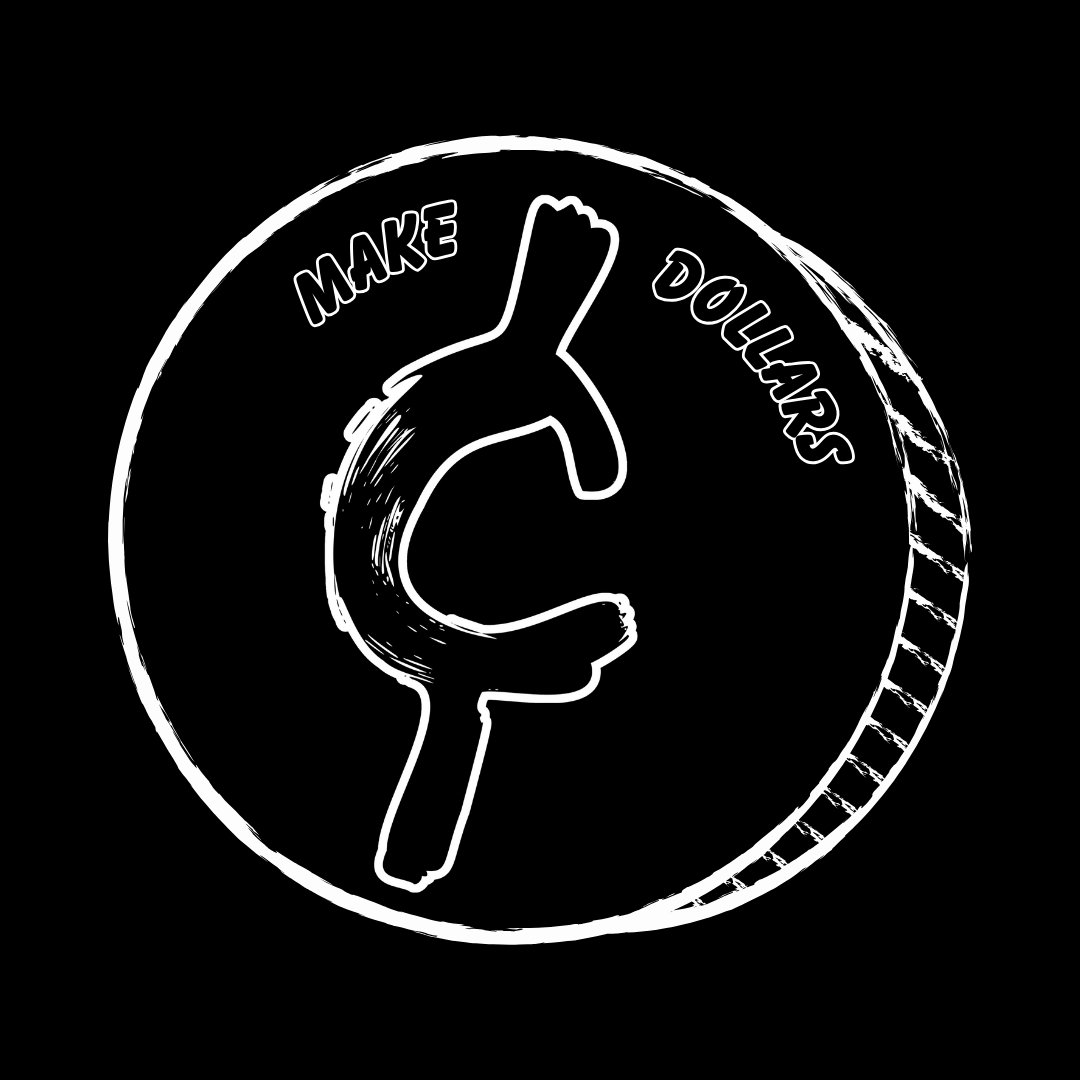Why the Gold Standard Shaped U.S. Currency
For more than a century, the Gold Standard defined America’s money, guiding how dollars were created, valued, and trusted around the world. While it may sound like an old economic term, its legacy still affects how we think about money, inflation, and the value of precious metals today.
Let’s explore how the Gold Standard began, why it ended, and how it continues to influence U.S. currency and collectors alike.
1. What Is the Gold Standard?
Under the Gold Standard, every paper dollar issued by the U.S. government was backed by a fixed amount of gold. In other words, the dollar was a promise — one that could be redeemed for real gold upon demand.
This system linked the value of money to something tangible, preventing governments from printing unlimited currency and causing inflation.
2. Early History: From Gold Coins to Paper Money
1792: The Coinage Act established the U.S. Mint and defined the dollar in terms of gold and silver — launching a bimetallic standard.
1879: The U.S. officially adopted the Gold Standard, making paper notes redeemable for gold at a fixed rate.
1900: The Gold Standard Act formally tied the dollar to gold, setting the price at $20.67 per troy ounce.
During this time, gold coins circulated alongside paper currency, and both were trusted equally because they were directly connected.
3. The Great Depression and the End of Domestic Convertibility
In 1933, during the Great Depression, President Franklin D. Roosevelt issued Executive Order 6102, making it illegal for Americans to hoard gold coins, bullion, or certificates. Citizens were required to turn them in to banks in exchange for paper money.
This effectively ended domestic gold convertibility — Americans could no longer trade dollars for gold. However, international trade still operated under gold backing.
4. Bretton Woods and the Global Gold Standard
After World War II, the Bretton Woods Agreement (1944) made the U.S. dollar the world’s reserve currency, backed by gold at $35 per ounce. Other countries pegged their currencies to the dollar, creating a global system anchored by U.S. gold reserves.
This gave the dollar enormous power — but also created pressure when other nations demanded gold redemption as U.S. spending grew.
5. Nixon Ends the Gold Standard
In 1971, President Richard Nixon ended the dollar’s convertibility to gold, closing what’s now called the “gold window.”
This officially marked the end of the Gold Standard. From that point on, the U.S. dollar became a fiat currency, meaning its value depends on trust in the government, not on precious metal reserves.
6. Lasting Effects on Currency and Collecting
Even without the Gold Standard, its legacy remains everywhere:
The dollar is still measured against gold prices in global markets.
Collectors seek out pre-1933 U.S. gold coins as tangible pieces of history.
The term “sound money” often refers back to the era of gold-backed currency.
For investors and collectors alike, understanding the Gold Standard helps explain why gold remains a symbol of wealth and stability.
Final Thoughts
The Gold Standard shaped the foundation of U.S. currency and global finance for over a century. Though the system is gone, its influence persists — in our markets, our money, and the continuing fascination with precious metals.
To explore U.S. coinage from the Gold Standard era and learn how to value your gold coins, visit CoinCollectingTools.com.
